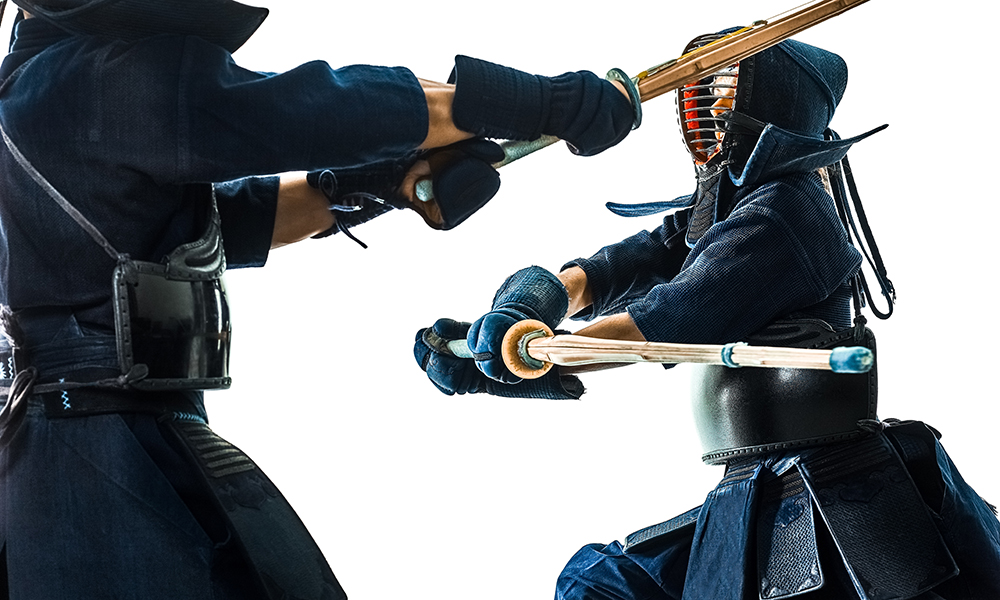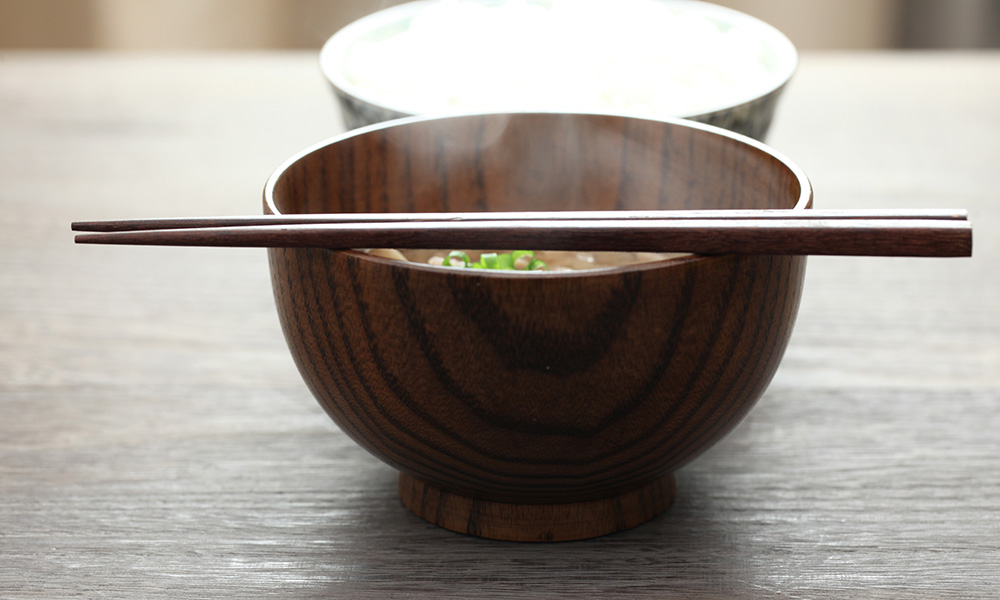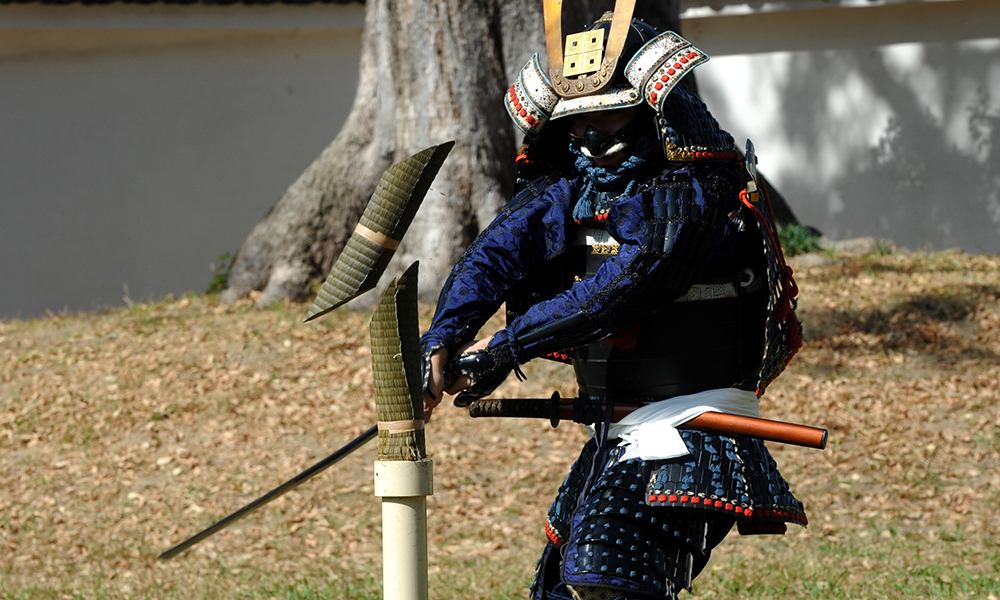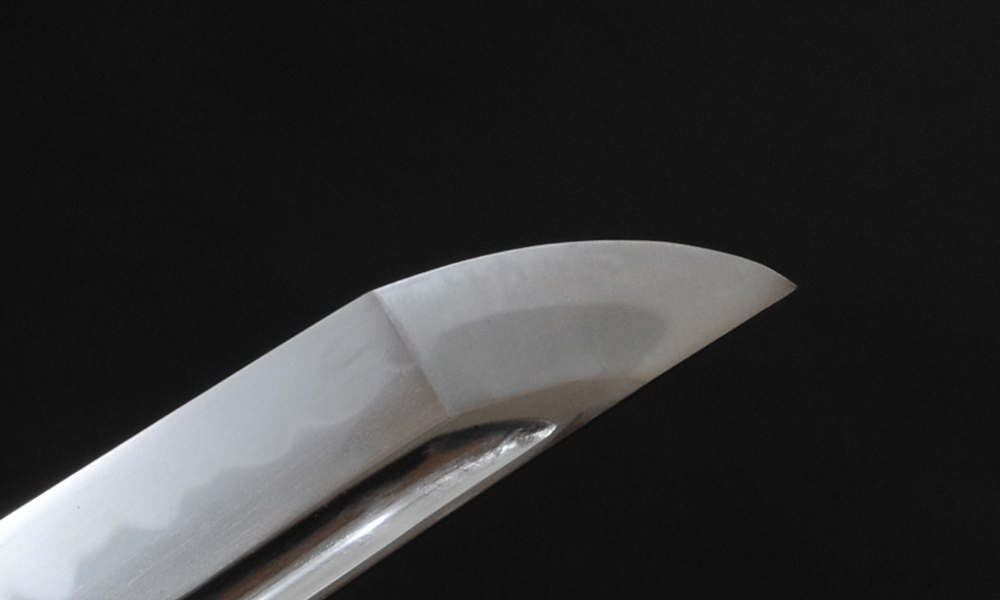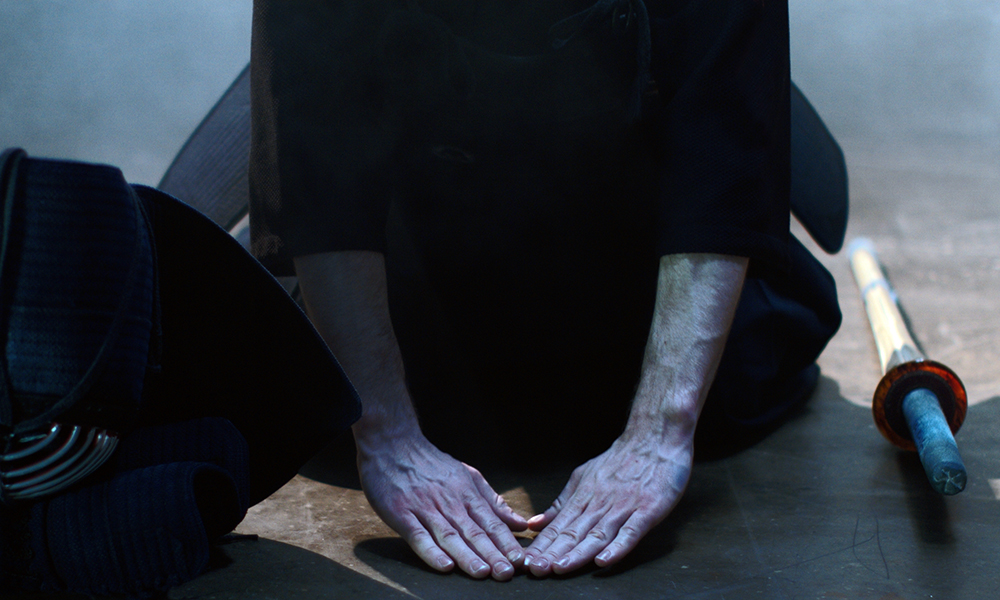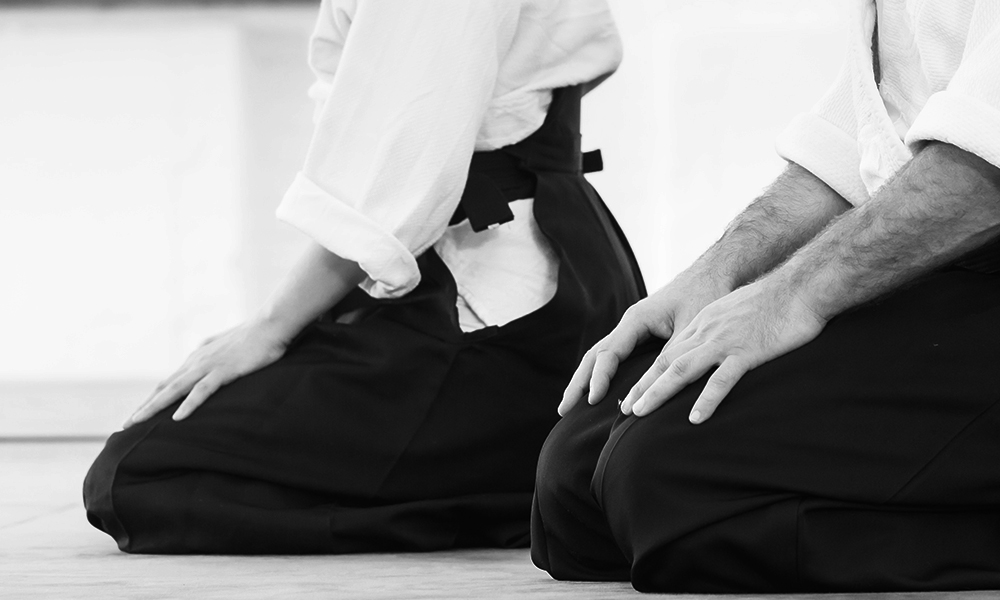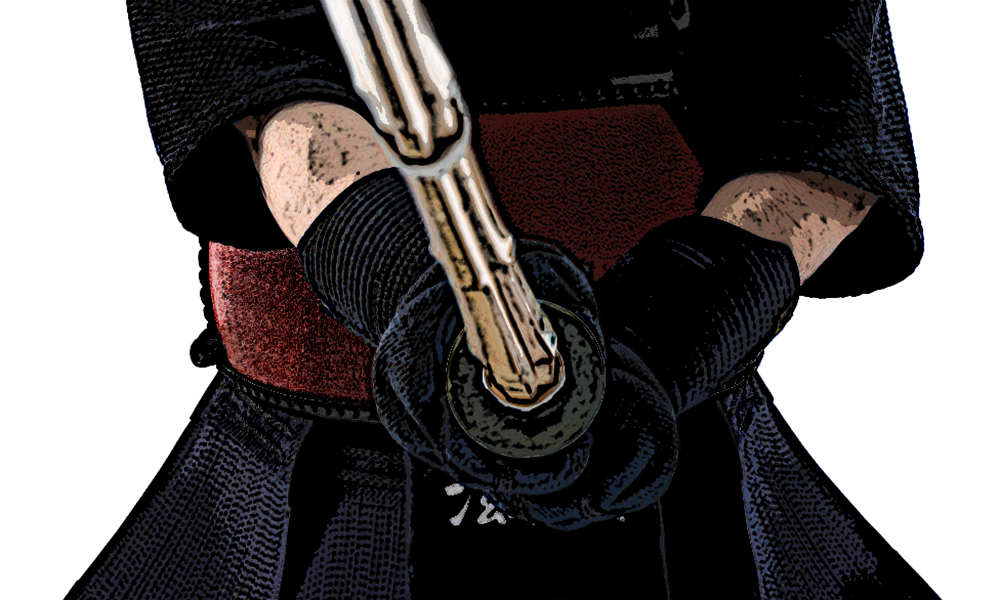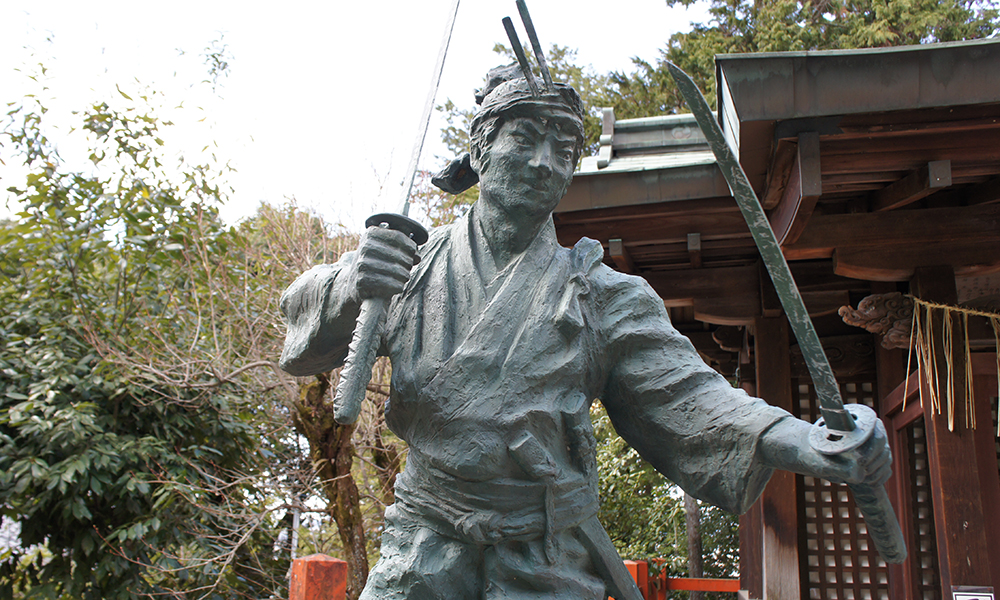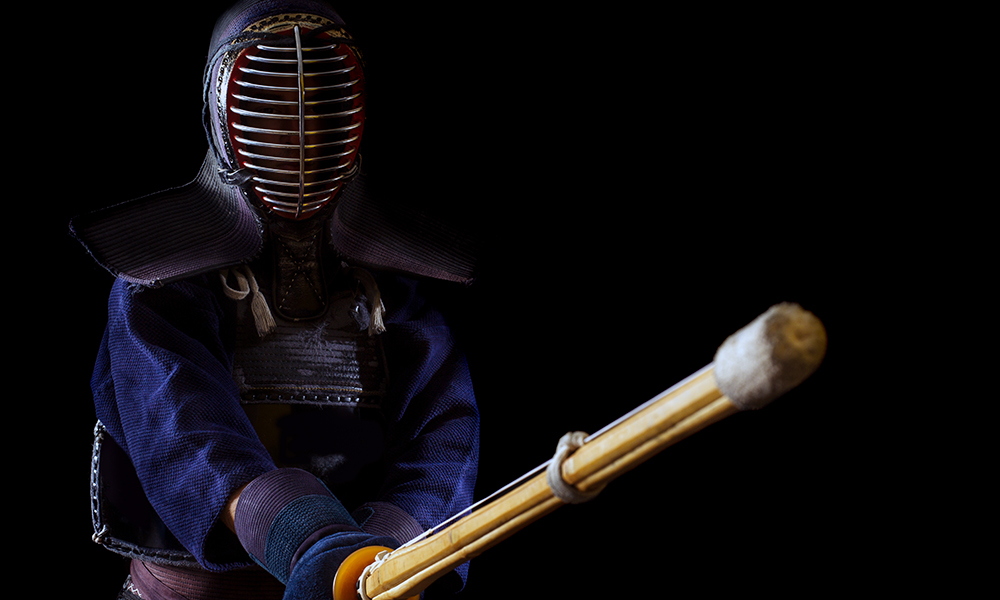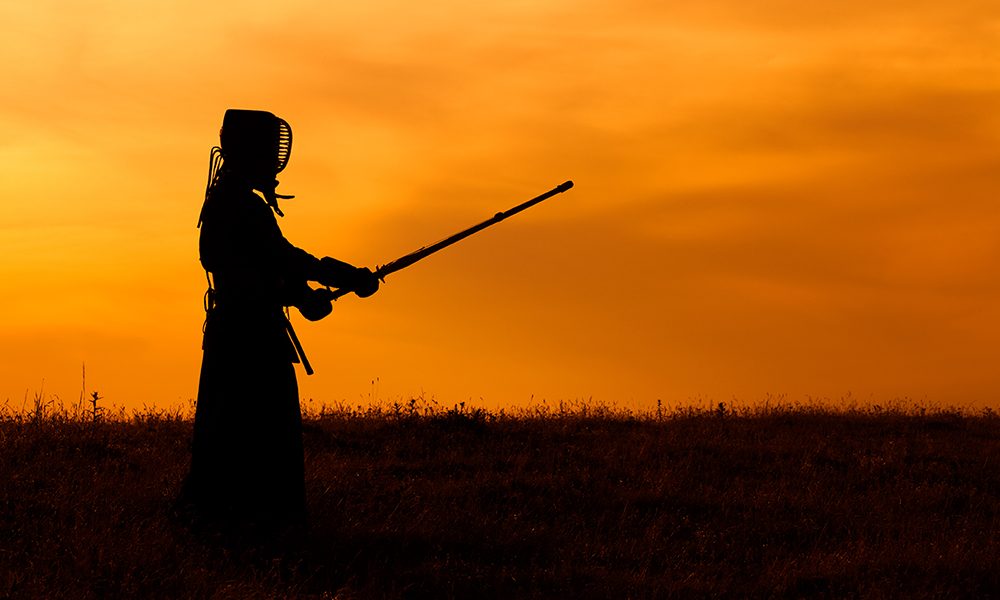Olympics and Budo – a Questionable Mix
This article by Tyler Duffield explores the interesting relationship between Japanese budo and the Olympics. The Olympics and Budo: a Questionable Mix With the coming inclusion of Karate in the 2020 Tokyo Games, it is timely to pause and think about the effect of Olympic inclusion on Judo, possible ramifications Read More


